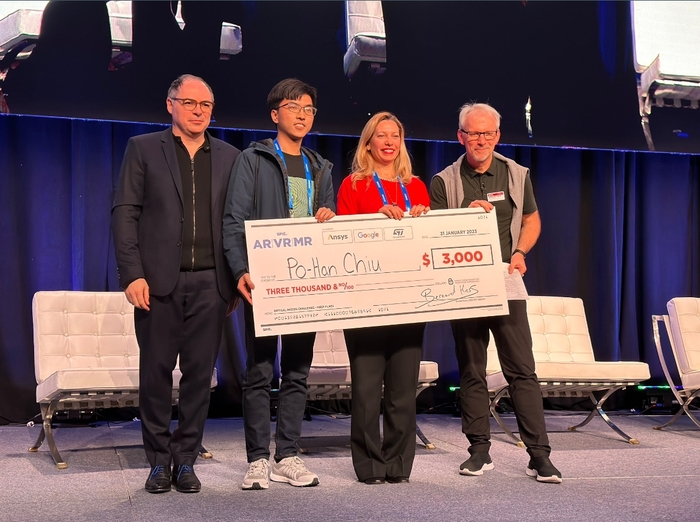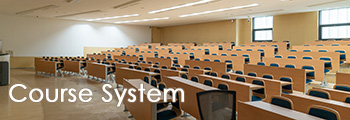Taipei Tech Student Won SPIE Student Optical Design Challenge

Taipei Tech Graduate Student, Chiu Po-han, from the Department of Electro-Optical Engineering won the top prize at the “2023 Student Optical Design Challenge” hosted by SPIE, the International Society for Optics and Photonics.
The 2023 Student Optical Design Challenge was held at the end of January in San Francisco, aiming to encourage students to design solutions for tomorrow's immersive display products. During the conference, a jury comprised of industry leaders sponsoring the event and leading academic figures in AR, VR, and MR reviewed submissions and a three-minute pitch by participants.
The research team led by Taipei Tech professor, Cheng Yu-chieh, had been selected by the jury to present an oral pitch at the conference, and Chiu represented the team to compete with 6 other PhD students from the United States and France. Chiu successfully impressed the jury during his 3-minute pitch on an AR ophthalmic lens model designed by Taipei Tech and ASUS, making him the winner of the challenge as well as the 3,000-dollar prize money.
Chiu indicated that the weight, form and visual quality of an AR smart glasses are the key elements that affect user experiences. The diffractive waveguide display that the team designed and utilized is the crucial feature that makes the normal-looking AR glasses lightweight and with high visual quality.
Chiu further noted that most of the academic research in this field only focuses on optical materials and structure, while many companies, such as Microsoft and Magic Leap, had already developed related technologies for commercial products. “The biggest challenge for us was to design the product only through analyzing publicly available patents,” said Chiu.
Cheng indicated that the team had developed a new optical application that meets the designers’ needs. The application provides automatic optical design method from layout design to optical optimization, with simulation of 60-degree large FoV (the field of view) diffractive waveguide. “The team also presented an innovative method of 4-DoF (degree-of-freedom) optical tracking,” said Cheng.






